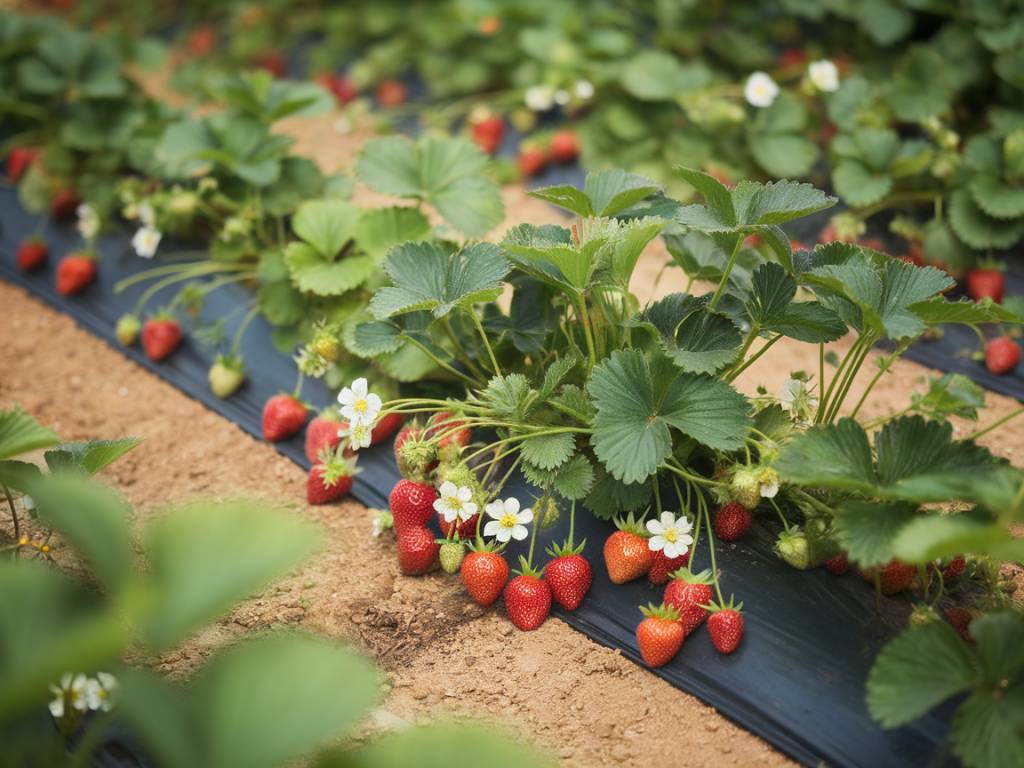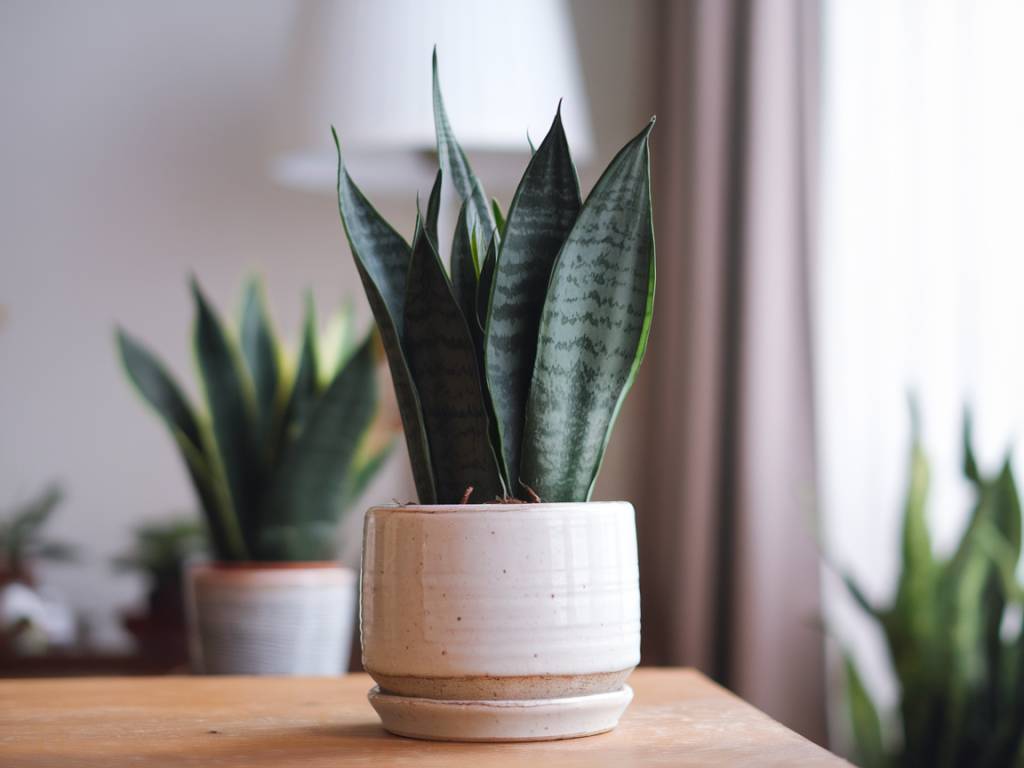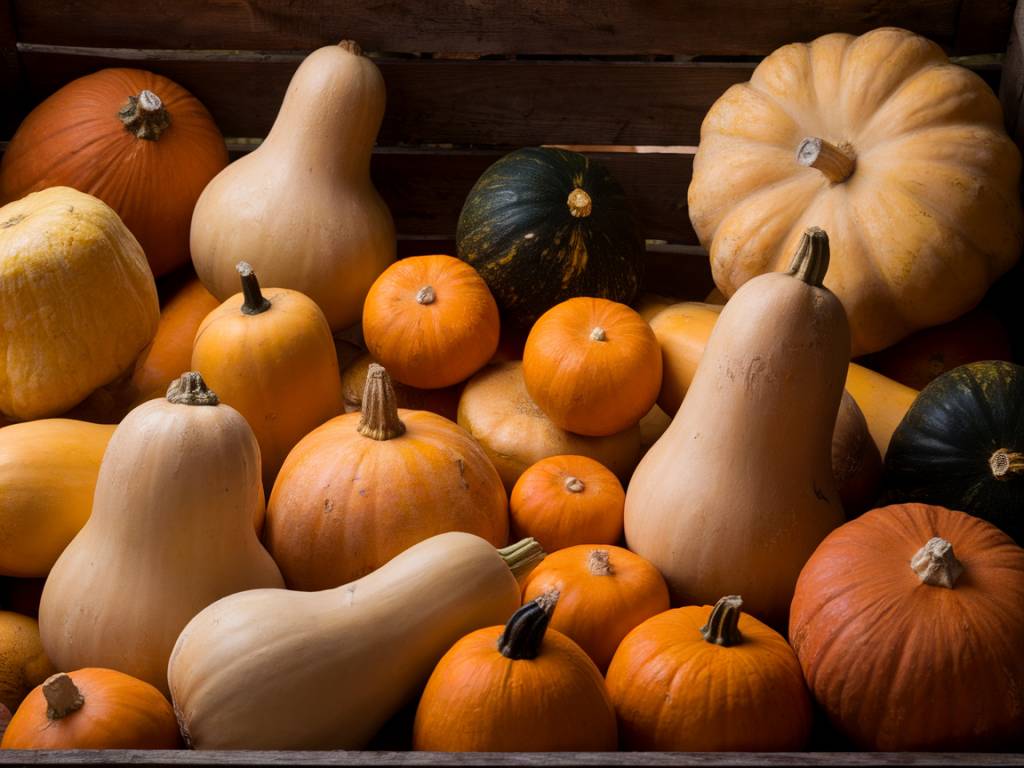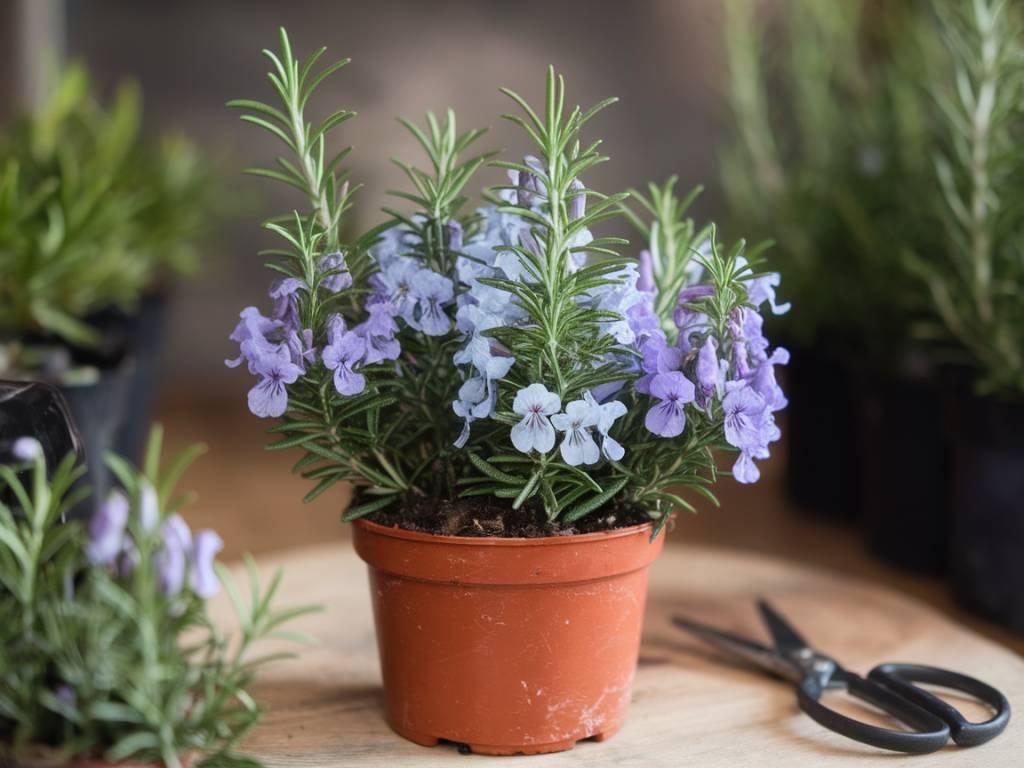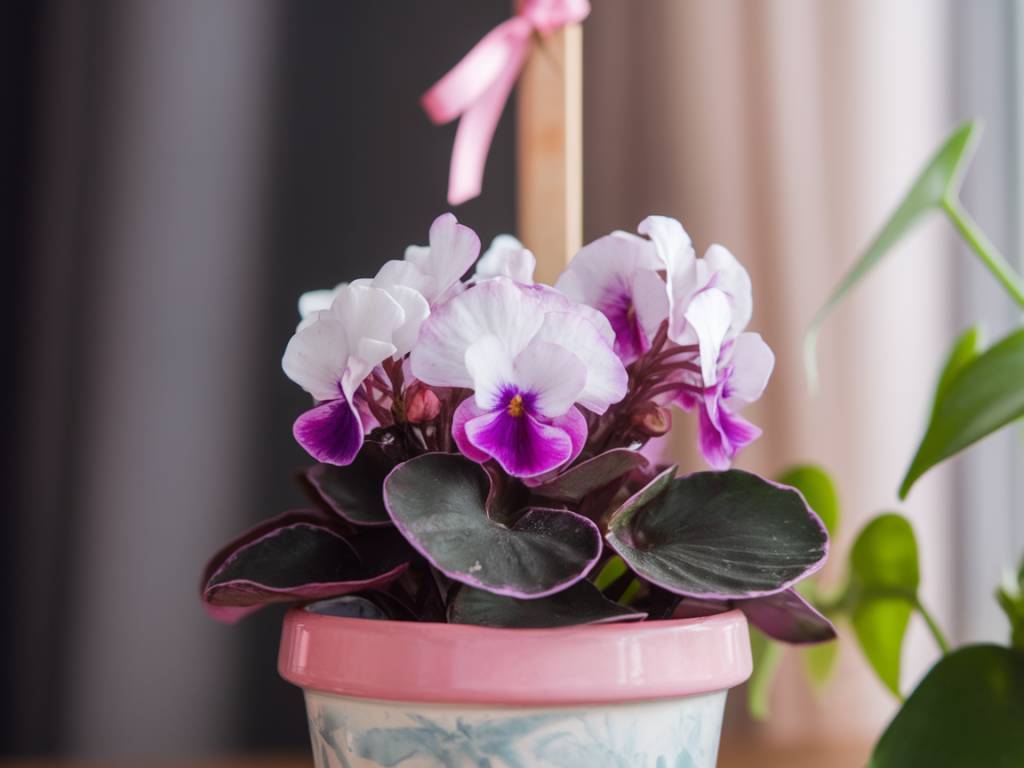Hello, dear gardeners! I’m Samanta, your guide to all things green and lush. Today, let’s dive into renewing your strawberry plants for a bigger harvest. Strawberries are the crown jewels of any garden, but they require a bit of love and care to keep thriving year after year. If you’re ready to enjoy an abundant yield of these delightful berries, read on for some natural, permaculture-inspired tips and tricks to refresh your strawberry patch.
Understanding Strawberry Plant Lifecycles
Strawberry plants typically have a productive lifecycle of about three to four years. After this period, their yield noticeably declines, and the berries become smaller and less flavorful. To prevent this, it’s essential to regularly renew your strawberry plants. The good news is that strawberries naturally produce runners, which you can use to propagate new plants.
When to Renew Your Strawberry Plants
Late summer to early autumn is the ideal time to renew your strawberry plants. This timing allows the new plants to establish themselves before winter sets in. During these months, the soil is still warm, and the new plants’ roots can develop well.
Choosing and Preparing Runners
Runners are the offshoots that your mature strawberry plants produce. These develop tiny baby plants at their ends, which can be rooted and grown into new plants. Here’s how you can prepare them:
- Select Healthy Runners: Choose robust runners from your healthiest and most productive plants.
- Prepare the Soil: Before you place the runners, ensure your soil is rich in organic matter. You can do this by adding compost or well-rotted manure.
- Trim Excess Runners: Focus the plant’s energy on just a couple of runners by snipping off any excessive ones.
Planting the Runners
Once your runners are ready, it’s time to plant them:
- Rooting: You can root the runners in small pots filled with compost while they are still attached to the mother plant. This gives them a head start.
- Transplanting: After the runners have developed roots, cut them from the mother plant and transplant them to your prepared bed. Ensure there’s enough space between the plants for them to grow—keeping about 30 cm between each new plant works well.
- Watering: Water the newly planted runners well and keep the soil moist but not waterlogged. Using mulch like straw or leaves can help retain moisture and prevent weeds.
Revitalizing the Soil
Strawberries are heavy feeders, so renewing the soil is vital for a successful harvest. Follow these steps to keep your soil fertile:
- Rotating Crops: Rotate your strawberry plants to a new location if possible. This helps prevent soil-borne diseases and nutrient depletion.
- Cover Crops: Planting cover crops like clover or buckwheat during the off-season can enrich the soil with nitrogen and organic matter.
- Composting: Regularly add compost to your strawberry beds to replenish nutrients. This keeps the soil structure healthy and teeming with beneficial microorganisms.
Looking After Your Renewed Plants
Once your new strawberry plants are in place, consistent care will ensure they thrive:
- Mulching: Mulch around your plants with straw or leaves to keep the soil temperature stable, retain moisture, and combat weeds.
- Feeding: During the growing season, use a natural, balanced fertilizer to keep your plants nourished.
- Pruning: Regularly remove dead leaves, old flowers, and any diseased parts to promote healthy growth and prevent the spread of pests and diseases.
Using Companion Plants
Companion planting adds tremendous benefits to your strawberry patch:
- Borage: This herb improves strawberry flavor and attracts pollinators.
- Garlic and Onions: These repel aphids and other pests.
- Marigolds: Planting marigolds around your strawberries can deter nematodes and suppress weeds.
Pest and Disease Management
Natural pest and disease management techniques are crucial to maintaining a thriving strawberry bed:
- Beneficial Insects: Introduce ladybugs and predatory beetles to control aphids and other pests.
- Neem Oil: Use neem oil sprays to deter harmful insects organically without harming beneficial ones.
- Proper Spacing: Ensure good air circulation by spacing your plants correctly, which helps prevent fungal diseases.
- Regular Inspection: Take time to inspect your plants regularly. Early detection of pests or diseases gives you a better chance of controlling them before they become a serious issue.
Harvesting and Storing Strawberries
With your newly revived strawberry plants, you can look forward to a bountiful harvest:
- Picking: Harvest strawberries when they are fully ripened and deep red for the best flavor.
- Storing: Consume fresh strawberries within a few days. For longer storage, freeze them or make jams and preserves.
- Continuous Harvesting: Regularly picking ripe strawberries encourages the plant to produce more fruit.
With these tips, you’ll enjoy a refreshed strawberry patch that produces a larger and tastier harvest. Renewing your strawberry plants is a small investment of time that yields delicious rewards. Happy gardening!
Samanta

